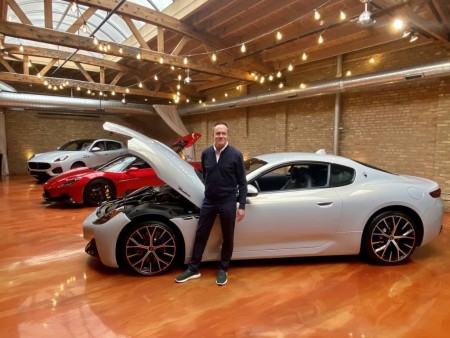Introduction
Automobiles, as an indispensable mode of transportation in modern society, have undergone significant development and evolution.
From the advent of steam cars to the rise of internal combustion engine vehicles and the emergence of electric vehicles, the automotive industry has achieved remarkable milestones.
This article provides an overview of the important phases in automotive development from a historical perspective while also exploring the future direction of automotive technology.
Historical Development of Automobiles
The initial concept of automobiles vastly differed from what they are today. The development of automobiles has been a gradual process, encompassing over a century of continuous improvement and innovation.
It represents the culmination of human wisdom and ingenuity, ultimately transforming cars into widely used means of transportation in various social and economic domains.
In the pre-automobile era, all forms of labor were carried out by humans and animals. Humans acted as the engines, propelling carts forward. However, in 1896, Henry Ford pioneered the production of the first automobile, marking a significant turning point. The successful mass production of cars made the notion of family vehicles a reality.
Ford's revolutionary assembly line production method not only reduced automobile costs significantly but also expanded the scale of production, leading to the establishment of a vast automobile industry. Moreover, it shifted the center of automobile production from Europe to the United States during that time.
The development of the petroleum industry ensured a steady supply of automobile fuel, consequently facilitating the rapid expansion of the automotive sector. Simultaneously, advancements in automobile design and manufacturing technology greatly enhanced speed, safety, and comfort.
Throughout the 20th century, cars evolved continuously, experiencing numerous technological and design improvements. These advancements aimed to enhance performance and improve the overall driving experience.
Advertisements
Future Directions in Automotive Technology
As society's demands for environmental protection, safety, and intelligence continue to grow, the automotive industry is undergoing constant transformation. The future of automobiles is shaped by several key trends:
1. Popularization of new energy vehicles: In response to the depleting energy resources and escalating environmental pollution, new energy vehicles such as electric and hybrid cars are gradually gaining popularity. These vehicles provide sustainable transportation solutions, reduce emissions, and promote a cleaner environment.
2. Advancements in automotive intelligence: With the rapid development of the internet and artificial intelligence technologies, cars are becoming increasingly intelligent. Future vehicles will possess capabilities like autonomous driving and intelligent voice control, revolutionizing the driving experience and ensuring enhanced safety.
3. Innovations in car design: The future automotive design will prioritize personalization, aesthetics, and comfort. Vehicles will not only serve as a means of transportation but also become forms of cultural and artistic expression. Designers will strive to create visually appealing and ergonomic vehicles that cater to individual preferences and lifestyle choices.
4. Sustainability and environmental protection: In response to global concerns regarding climate change and environmental issues, the automotive industry will prioritize sustainability and environmental performance.
Advancements in technology will focus on reducing exhaust emissions and energy consumption. These may include the adoption of more efficient engine designs, the utilization of lightweight materials, and the integration of renewable energy sources.
Conclusion
The evolution of automobiles has been a testament to human ingenuity and progress. From humble beginnings to their current form, cars have revolutionized transportation and become integral to modern life.
As the automotive industry embraces the future, the popularization of new energy vehicles, the advent of intelligent vehicles, innovative design approaches, and a stronger emphasis on sustainability will shape the future of automobiles.
With each step forward, the automotive industry continues to redefine mobility, aiming to create a cleaner, safer, and more efficient means of transportation for generations to come.

